Alaska Marine Highway’s Wintry Northbound Passage
Jan 4-11, 1980.
by Ted Scull
Alongside Pier 48 on Seattle’s waterfront, the blue and white ferry liner Matanuska was quietly resting between voyages. There was a light, cold drizzle falling over the city. Awaiting the signal to board, the foot passengers were huddled in one of two temporary waiting rooms, while the vehicle passengers sat snugly in their cars, campervans and pick-ups.
January seemed an odd time of the year to think about taking a seven-day, six-night voyage 2,460 miles up the Inside Passage to Skagway and back. “There won’t be many tourists on this trip,” said the warmly wrapped reservations clerk, who was adjusting the height of the boarding ramp.
The Marine Highway is a Lifeline
The Alaska Marine Highway operates nine passenger ferries, all named after glaciers, over several different routes to complement the state’s underdeveloped coastal road system. On the weekly Seattle service — increasing to two sailings a week from May to September — the 408-foot Matanuska calls at seven Panhandle ports.
Five of them — Ketchikan, Wrangell, Petersburg, Juneau and Sitka — have no road access to the outside world. At the northern end of the route, the port of Haines connects to the Alaskan Highway via a 150-mile gravel road through Canada, and Skagway has a newly constructed road and an old narrow-gauge railway leading to Whitehorse in the Yukon Territory.
Ever since 1963, when the State of Alaska’s Department of Transportation began operating its first ships, the service has developed into a new way home for many Alaskans, a cheap means to get to Southeast Alaska for newcomers, and a moderately-priced (about $50-60 a day including passage and a cabin) alternative to expensive cruise ships for visitors wanting to see some of the world’s most beautiful and unspoiled maritime and mountain scenery.
RELATED: Cruising Alaska on a Small Ship, an Overview. by Ted Scull.
The Fleet
Unlike luxury cruise ships, running only during the crowded summer season, the Alaskan ferries allow stopovers and a chance to meet travelers for whom Alaska is a destination, not a series of short port calls.
Three of the ferries were in winter layup and undergoing repairs on the far side of Pier 48. The flagship Columbia appeared particularly smart with the twinkling lights of the Big Dipper shining brightly against the dark-blue background of the ship’s tall funnel.
All Marine Highway ships have representations of the state flag on their stacks. Next to the Columbia lay the Malaspina, slightly smaller, and a sister to the Matanuska. Both “M” ships were lengthened by 56 feet in the 1970s, adding much-needed space to the car deck and substantially increasing passenger and cabin capacity.
The third laid-up vessel was the Tustumena, a seagoing boat that runs on the choppy, Southcentral route to the Kenai Peninsula and Kodiak Island, and less frequently out along the Aleutian Islands chain, a potentially tempestuous passage with legendary mountainous seas.
Boarding the Matanuska
Once on board the Matanuska, a tour of the facilities created a most favorable impression. On the boat deck, the observation lounge with huge wraparound windows afforded views in three directions. Amidships, a dimly lit lounge bar was furnished with plush red chairs, and at the stern, a cheerful cafeteria had windows on three sides.
The sleeping accommodation (which must be paid for in addition to the fare) includes 112 two-, three- and four-berth inside and outside cabins with and without bathrooms. The size, arrangement, type and number vary with each ship. Cost is based on size and number of berths — not location.
Since the accommodation is designed primarily for Alaskans (who make two- and three-night journeys), the cabins tend to be functional rather than well appointed. Mine was a relatively spacious double, arranged for single occupancy, with a shower and toilet attached. Passengers make their own beds or not, and if you take the roundtrip voyage you may request a change of linens.
The highest deck, Bridge Deck, had a reclining-seat lounge for those without cabins and deck space for the backpacking and camping set. According to the lounge attendant it is wall-to-wall bodies throughout the summer months. Aft, on the same deck, a heated solarium allows passengers to view the spectacular mountain scenery in comfort. At night, the hale and hearty sleep here.
Down on the car deck, the crewmembers were congratulating themselves on having boarded all the paying vehicles. The last few cars to make it were so closely packed together that the occupants had to climb across the bumpers with their suitcases to reach the stairway up to the passenger accommodation. They appeared not to mind the inconvenience and were happy to be aboard at all.
The deck hand told me that 19 ‘free pass’ cars had to be left behind. With that, the hydraulic doors slammed shut, and the vibrations under foot indicated that the Matanuska was away promptly at 8:00PM on Voyage 1172, north to Alaska.
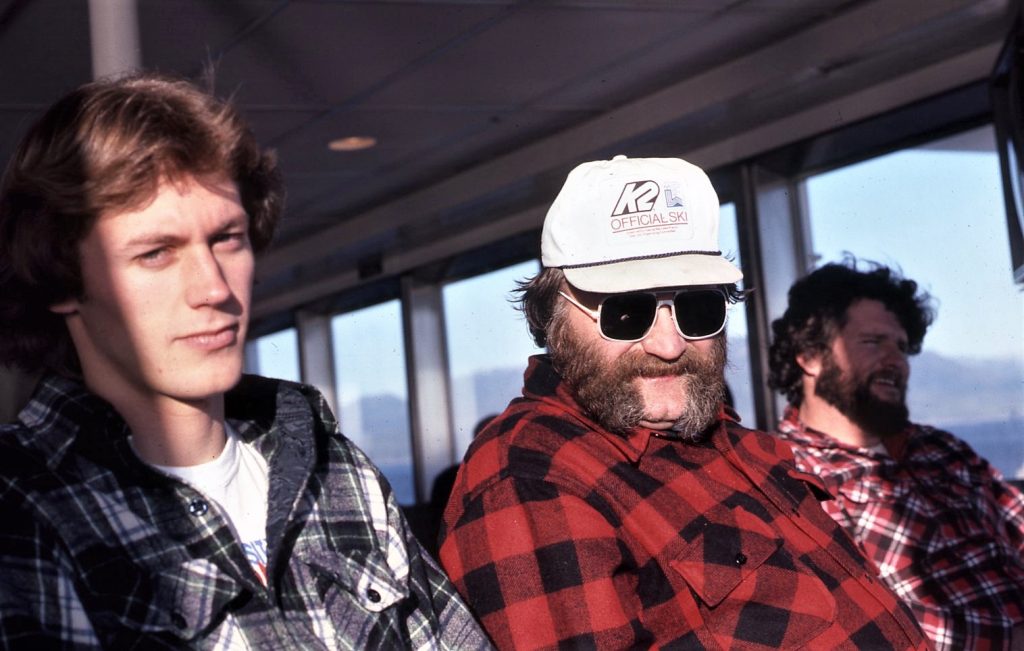
Truck drivers are happy to be on the ferry rather than the long drive, especially in winter. * Photo: Ted Scull
The Voyage Begins
By the next morning the dank, grey weather, so common in the Northwest, had given way to a crystal-clear day with the temperature rising into the 30s (Fahrenheit). The ship was threading her way through the fast-running Seymour Narrows, at times a less-than-quarter-mile-wide passage between Vancouver Island and the British Columbia Coast.
Precipitation during the night had left a blanket of snow on the mountaintops. On the lower slopes, the snowfall was lighter, until at the water’s edge it appeared as a fresh dusting. The waterway was quite busy with tugs pulling loaded and unloaded container barges.
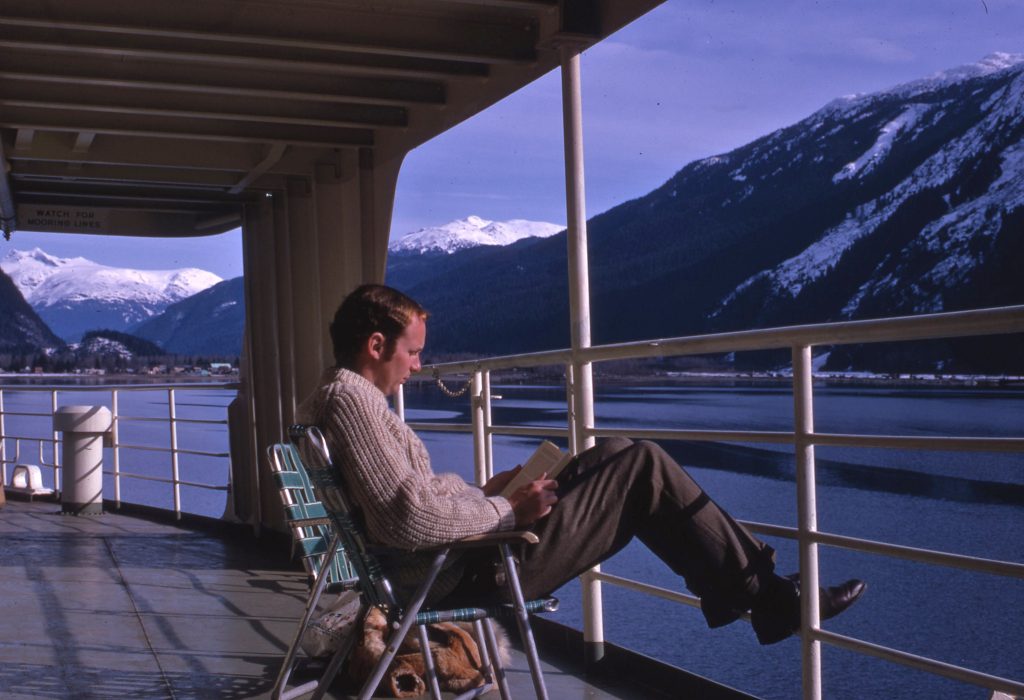
First and last day to read out on deck, northbound along the British Columbia coast. * Photo: unknown passenger
Take a Seat Please
An announcement from the purser broke the silence, “May I have your attention please? For the next 40 miles and two and a half hours, the Matanuska will experience some rough sailing conditions as the ship traverses Queen Charlotte Sound. It will not be dangerous, but the captain advises all passengers and their children to remain seated during the crossing. I repeat”….
The Matanuska was not built to seagoing specifications because of its overhanging car deck, and she did dance a bit and took a few waves over the bow. The seawater froze on the metal decks, making a walk outside a slippery business and not recommended.
By sundown, at 4:30pm, the ship was once again in the sheltered Inside Passage, and except for a 10-mile stretch called the Dixon Entrance, would remain protected from the Pacific Ocean swells for the rest of the northbound voyage.
Mealtimes
At dinner, some of the passengers in the food service line were grumbling about the dining room going cafeteria-style, so I asked the white-smocked cashier about this.
“Tomorrow after Ketchikan,” she explained, “there will be fewer people on board, and the new crew will probably offer table service for breakfast and dinner. Unfortunately, the ships went over to the cafeteria style service to cut labor costs, and now with reduced help and a different serving set-up, the ships cannot offer formal dining when there are more than 250 passengers on board.”
I looked forward to the new arrangement, paid for my salmon steak and took my tray to an empty window table.
Food is an extra charge and three meals a day averaged about $12. The menus offered about half a dozen main courses, including fresh seafood, at lunch and dinner.
Arriving Ketchikan, Wrangell & Petersburg
Ketchikan, the first call since Seattle, came early in the afternoon of the second full day. The small city of 12,000 inhabitants stretched for several miles along the waterfront at the base of a formidable mountain chain.
It felt good to be able to take a brisk walk to the boat basin where most of the large salmon fishing fleet was in for the winter. The town center was further along and had a fair collection of turn-of-the-century wooden buildings.
Of the 326 passengers on board, 152 disembarked here, to be replaced by 87 new faces. The atmosphere was now more relaxed and table service did come to the cafeteria as promised.
The Wrangell and Petersburg calls came during the night, and by the following morning, Monday, the Matanuska was approaching Juneau, the state capital.
Juneau, the State Capital
A richly colorful dawn began at 9:00AM and continued with slowly fading hues for more than an hour. The dock, adjacent to the center, allowed several hours to visit the state museum, take a stroll along the main street, visit the Red Dog Saloon (I had a cousin who once played the piano there), and climb the wooden staircases to the upper residential town for a long-range view of the surrounding mountains and waterways and directly down to the city’s waterfront.
Juneau is far and away the most isolated capital amongst the 50 states, walled in by surrounding mountains, with no road access to the outside world, and none planned.
Later in the day, Jim Driscoll, the Matanuska’s chief purser, shared with me the state’s attitude toward the Marine Highway. “The representatives in the interior of the state, whose constituents do not depend very heavily on the Marine Highway, would like to see the service go away as it costs millions to subsidize every year. It’s not fair because they have their state-funded highways and down here we are without roads. While most consider the operation a necessary evil, and one which will never disappear, it should be run as cheaply as possible.
“The people in the Southeast who use it regularly want a quality service and that means things like waiter service in the dining room. This winter you have half the fleet laid up in Seattle and our best ship, the Columbia, is broken down. The Taku is still running out of Prince Rupert when she should be in drydock being given a complete rebuilding job like this one had two years ago. This is a fine ship now, but I don’t see how the Taku can make it through the summer when we need everything that floats in the timetables. There are plumbing leaks and peeling paint”.
Scenic Passage & Storm Warning
North of Juneau, the passage along the Lynn Canal, a natural channel, brought fine panoramas of the Mendenhall, Davidson, and Rainbow glaciers, all fed by huge ice fields up in the mountains.
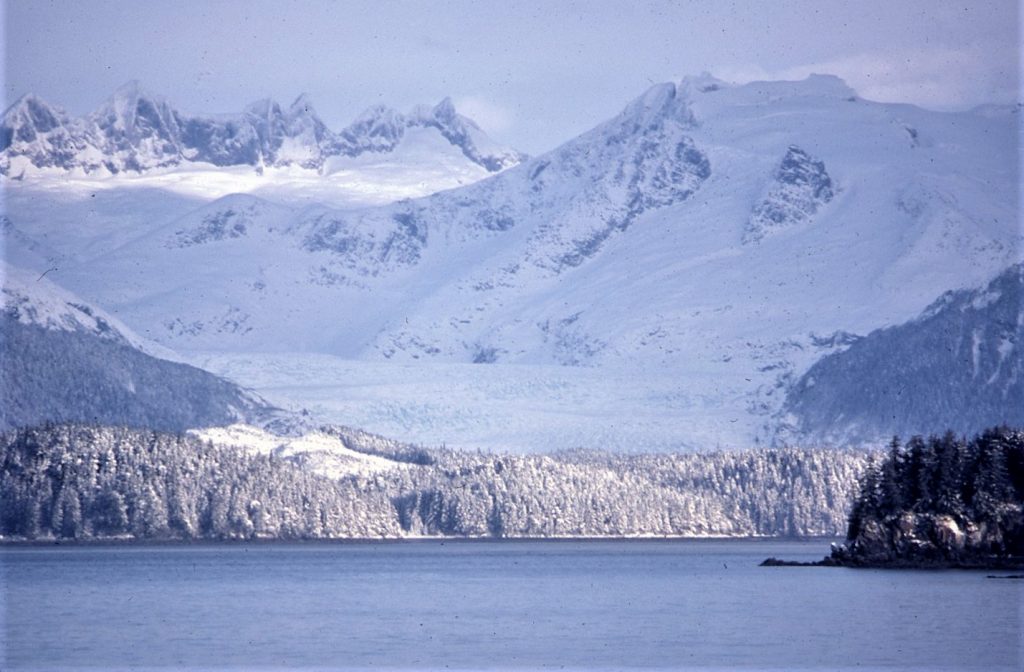
The Marine Highway Matanuska is named after a glacier located just outside of Juneau. * Photo: Ted Scull
Just before the Haines arrival late that same afternoon, Mike Crosby, the senior deputy purser, came on the intercom with a bulletin, “Canadian Customs advises all travelers that blizzard conditions now exist on the Haines Highway. Travelers should not to attempt to drive the road tonight. The border station is hereby closed until conditions improve and until further notice.”
The passengers preparing to leave the ship here had already gathered in the forward lounge to form a convoy. They all firmly agreed to stick together until they had all passed through the worst sections.
Skagway, End of the Line & Turnaround Time
Darkness had fallen by mid-afternoon when the almost empty Matanuska reached Skagway, the turnaround point. The winds coming down from the Coast Mountains made the walk along the deserted main street slippery and tough going.
The false-fronted Gold Rush-era buildings were either boarded up for the winter or closed for the night. The substantial-looking Golden North Hotel, where I once spent a night in a lovely brass bed, stood shuttered and empty. It was not a night to spend more than a half hour on the icy streets of Skagway.
Skagway, in 1900, boasted nearly 30,000 inhabitants. The discovery of gold in the Klondike Region of the Yukon in 1898 brought tens of thousands of prospectors here by sea from Canada and the United States. A narrow-gauge railway was built to carry the gold seekers and their supplies over the mountains to connect with the Yukon River steamers.
In the winter, the White Pass and Yukon Route continued to be the only land route out of town, until the road was completed in 1978, for Skagway’s 800 inhabitants. I took that train in summer 1971, a nearly all-day trip to Whitehorse, Yukon Territory’s capital, positioned astride the Alaska Highway.
After climbing the spectacular White Pass and winding between lakes, the ride was monotonously scrub pine and bush country.
In January, Skagway feels like a dead-end place, while in summertime, it takes on the carnival appearance of a human zoo when the luxury cruise ships disgorge hundreds of passengers daily, all milling about until it is time to get back on the ship.
Returning South
During the night, the Matanuska touched at Juneau’s Auke Bay, a landing 14 miles north of the city, before working her way south and west to Sitka just in from the Pacific Ocean. The fourth day’s run through the twisting Peril Strait brought the ship within 100 feet of land on numerous occasions.
For the entire morning, there was not one dwelling seen along the evergreen shores of Tongass National Forest, the nation’s largest with 16 million woodland acres.
Wildlife Galore
White-headed bald eagles, our national bird, soared overhead, and an amateur bird watcher pointed out the young eagles, brown in color until they reach three or four years of age. Alaska has five times as many of these huge birds as the combined Lower 48.
A school of porpoises followed the ship, a deer came down to the shore for a look, and two humpback whales leapt completely out of the water at close range. Nobody got a picture, it all happened too quickly.
Sitka by School Bus
At Sitka, a local school bus took passengers into the town center, which had grown a lot since I first visited in 1959. Then, there was no Alaska Marine Highway, and I flew from Juneau in an ex-World War II PBY Catalina seaplane, occupying a seat in the former gun blister. We landed in the harbor and drove up a ramp to dry land.
The Russian Orthodox Cathedral, a product of 19th-century Russian occupation, had been rebuilt after a disastrous fire gutted the structure in January 1966. During our visit it was closed, a pity as once inside there is a fine collection of icons and religious paintings.
In a peaceful forest setting at the edge of town rests one of the largest and best-preserved collections of totems in the world, with a story attached to every one. They sit in solitary splendour amongst stately evergreens.
Striking snow-covered Mt. Edgecumbe rises across the water to the west of Sitka, looking very much akin to Japan’s Mt. Fuji, and the story that I heard back in 1959 still circulates 21 years later. The residents rose one morning to seeing smoke pouring upward from the cone. Rumors soon spread that the long dormant volcano might erupt, so some adventurous souls sailed over there to see what’s what.
They discovered to their relief that some pranksters had piled up dozens of old automobile tires in the crater, poured petrol over them and set them alight. The town folks were mighty relieved to learn the cause of all that smoke.
Driving Snow
With the homeward rush now over, the Matanuska was lightly loaded on her southbound run via Petersburg, Wrangell and Ketchikan to Seattle. The truckers depicted in a photo earlier in the text were fun to spend time with, and did they have stories of driving the Alaska Highway in winter. Often worse in some ways was the dust in summer.
I then shared my June and August northbound and southbound drives along the highway with a friend when I was 18. When a truck approached sending clouds of dust and flying stones, I simply pulled as far off the road as I could to let it pass. If I came up behind one, it was impossible to overtake as one could not see ahead. We stopped, took a break, ate something or wandered into the bush.
We learned our lesson near the start of our drive to Alaska when we had our windshield smashed in northern Ontario. We kicked the out remnants and then had to drive almost five hundred miles to find a garage that could install a new one. The truckers smiled, and one said something like, “Thems the breaks.”
The remnants of a blizzard that paralyzed Seattle enshrouded the ship as she ploughed through the grey waters along the British Columbia coast. A lookout stood watch huddled against the driving snow at the bow, and the ship’s foghorn sounded regularly at two-minute intervals.
Despite the adverse conditions, and the only really inclement weather since leaving the port of origin, the Matanuska arrived back at Pier 48 right on time on Friday at 6:30AM. The vessel would spend the day resting her engines and preparing for another sailing that evening — Voyage 1173 North to Alaska.
Home by Rail
I spent the night in Seattle and the next day boarded the Empire Builder for the two-day journey to Chicago, stayed a night there and continued on the Cardinal to visit relatives in Hamilton, Ohio. A couple of days later I rejoined the Cardinal overnight for Washington, D.C., connecting to the Yankee Clipper for New York.
Thus ends the original article.
RELATED: Alaska, Finding by Route by Car, Ferry, Train & Small Ship. by Ted Scull.
Alaska Marine Highway Update 2020
Two of the original trio, Malaspina and Matanuska, completed in 1963, are still in service well over a half-century later, as is the Tustumena of 1964 and Columbia of 1976. Sadly, the Taku was sold to ship breakers; video here.
In November 2020, the Kennicott, built in 1998, presently holds down the Bellingham, Washington to Southeast Alaska route, with sailings every two weeks, terminating at Juneau’s Auk Bay with a connection to Haines and Skagway provided by the day vessel Le Conte.
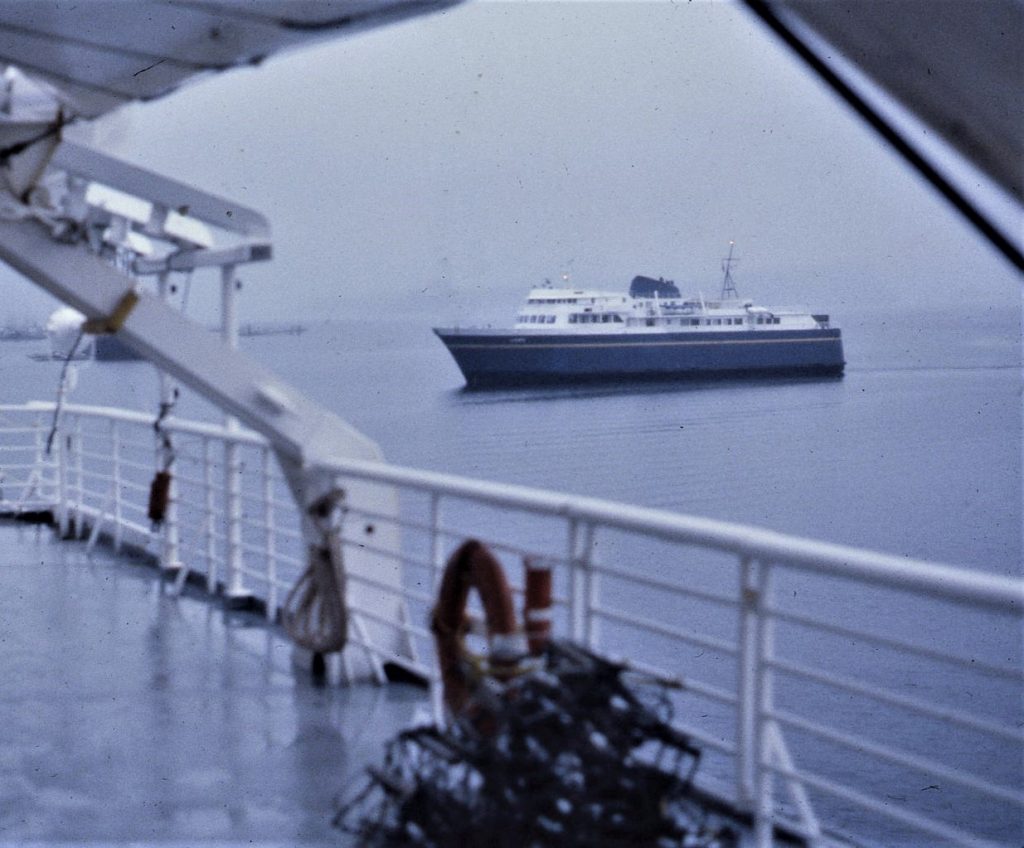
The day ferry Le Conte has been making connections with the Matanuska for decades. * Photo: Ted Scull
Early in 2021, the Matanuska will resume regular service and sail the full route to Skagway. However, funding has been further cut, largely for the same reasons as described earlier in the text. When planning a trip, carefully study the sailings schedules.
The Success of the Original Article
The January 1980 Alaska Marine Highway round-trip voyage would first appear in The Washington Post where travel editor Morris Rosenberg liked the full account enough that instead of editing it down to fit the space normally available, he chose to run over two Sundays, something he had never done before.
Additional shortened versions appeared in a dozen newspaper travel sections, and in the author’s three-volume ocean liner trilogy, specifically Ocean Liner Sunset, Overview Press Limited (UK) in 2017.
The point-to-point ocean liners, apart from Cunard’s Queen Mary 2’s transatlantic crossings, may be long gone but travel from A to B may still be enjoyed from Washington State to a half-dozen largely isolated communities along the Alaska Panhandle. Pick a port or two, plan a stopover, using the day ferry links, before heading back south.
And in Norway, a similar service known as the Hurtigruten plies a long stretch of that country’s west coast from Bergen in the south to Kirkenes above the Arctic Circle, a town situated close to the Finnish and Russia borders. During the one-week transit, the coastal ships call at 35 ports northbound and the same ports southbound, but you visit them at different times of the day and night.
For more info: Alaska Marine Highway & Norway’s Hurtigruten
© This article is protected by copyright, no part may be reproduced by any process without written permission from the author. All Rights Reserved. QuirkyCruise.com.

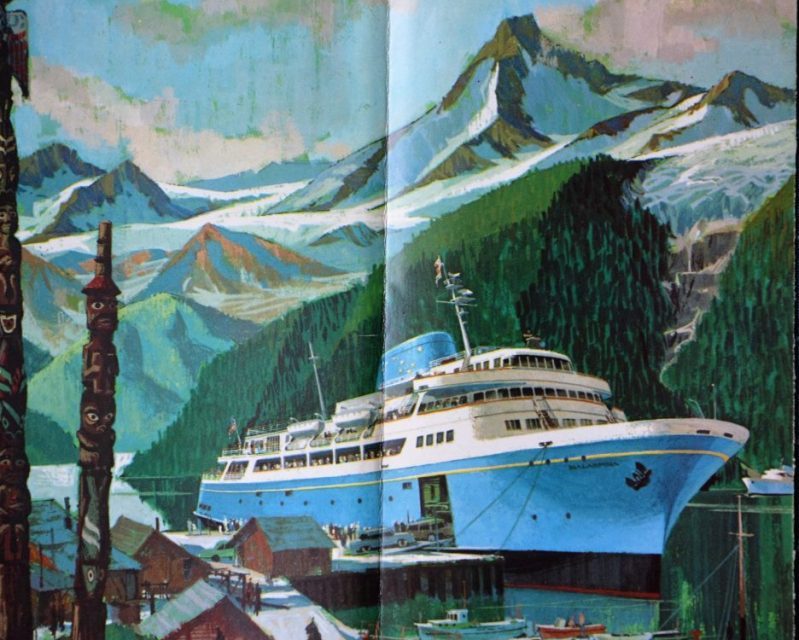
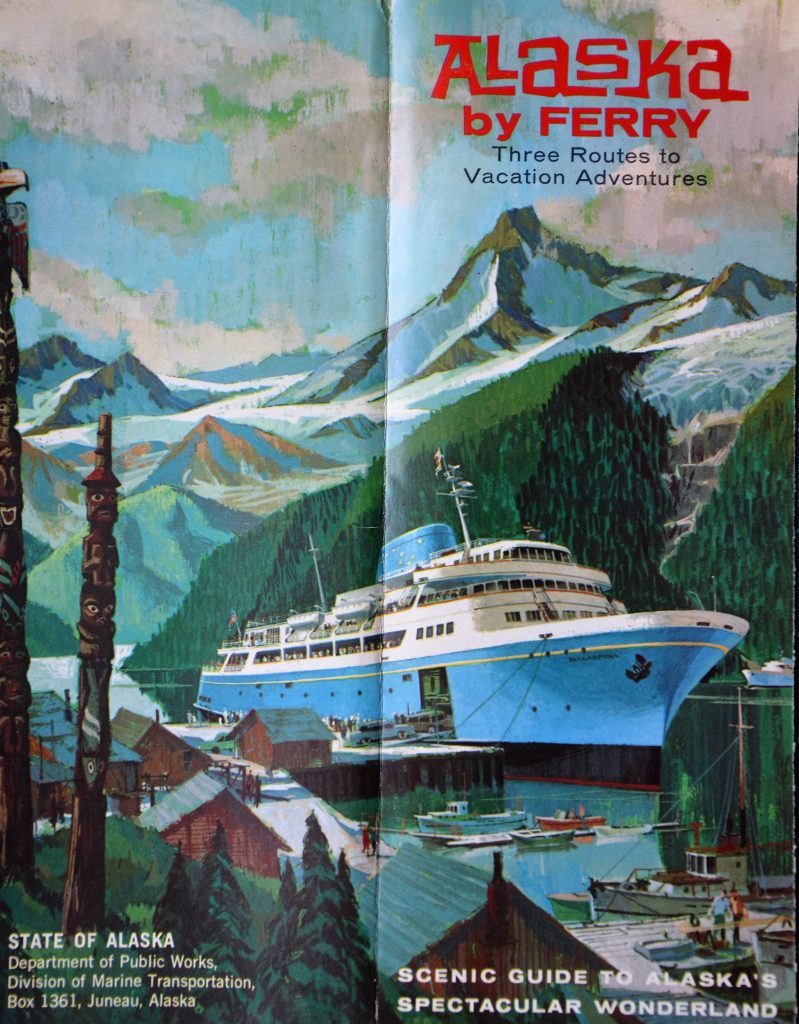
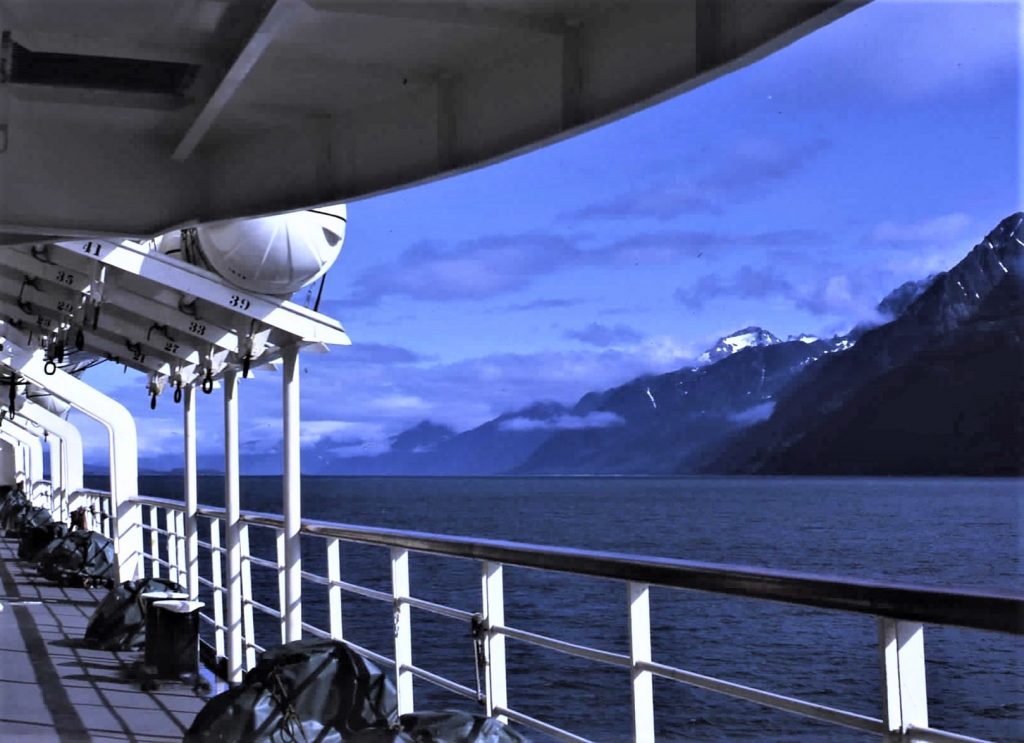
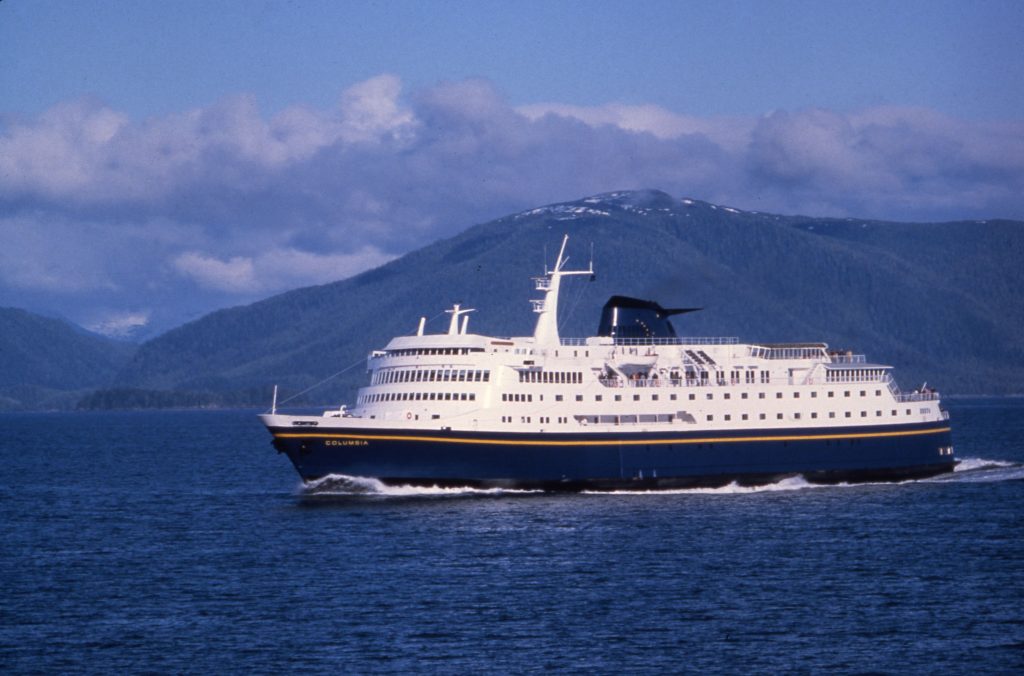
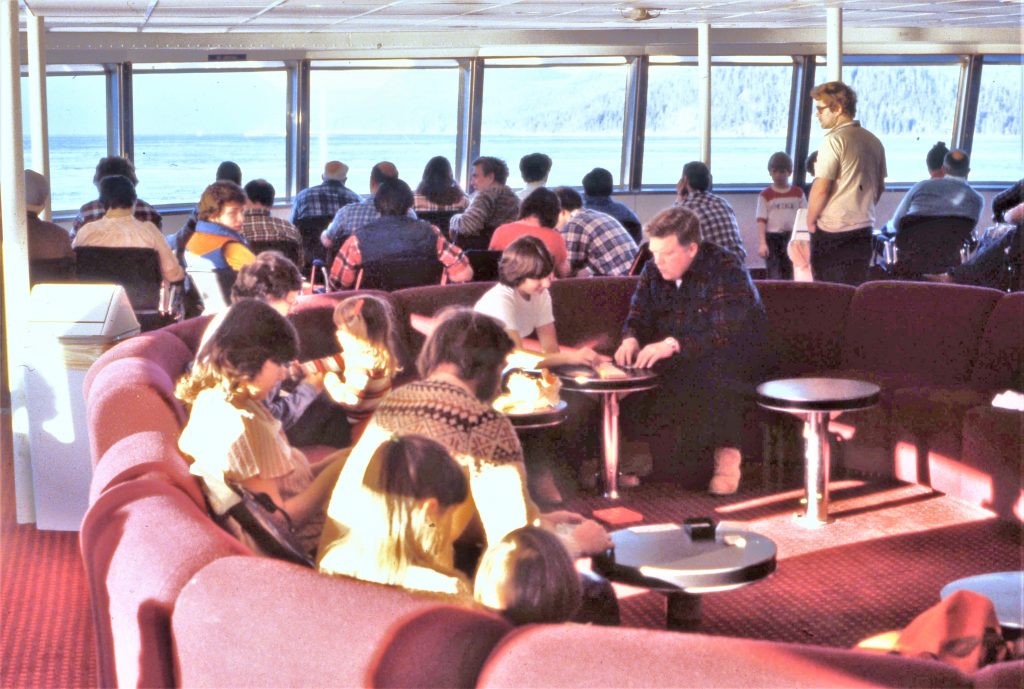
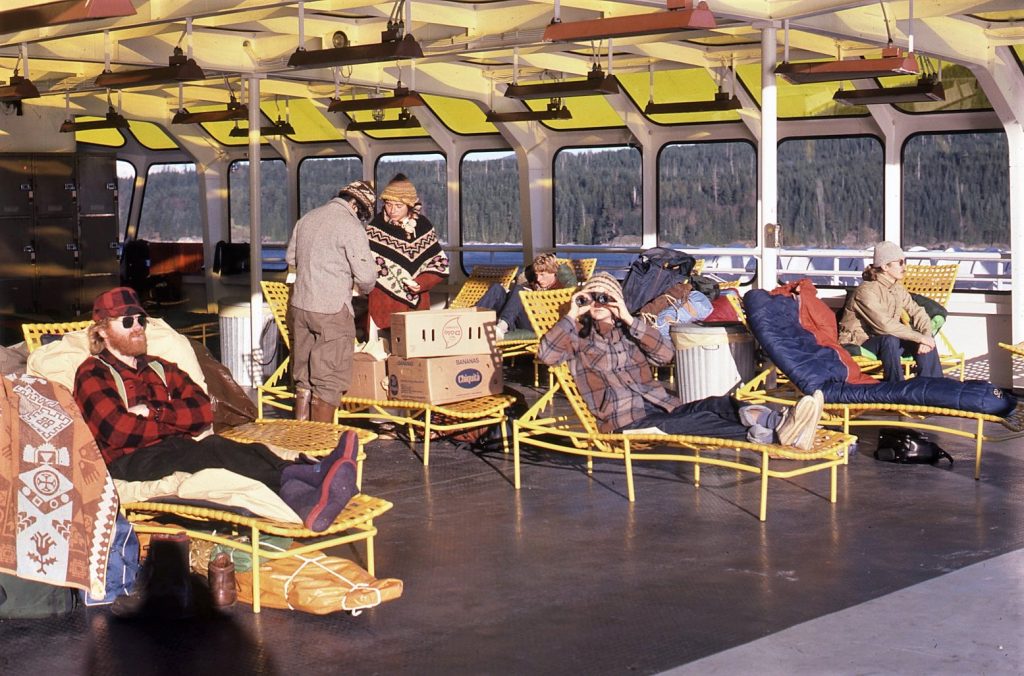
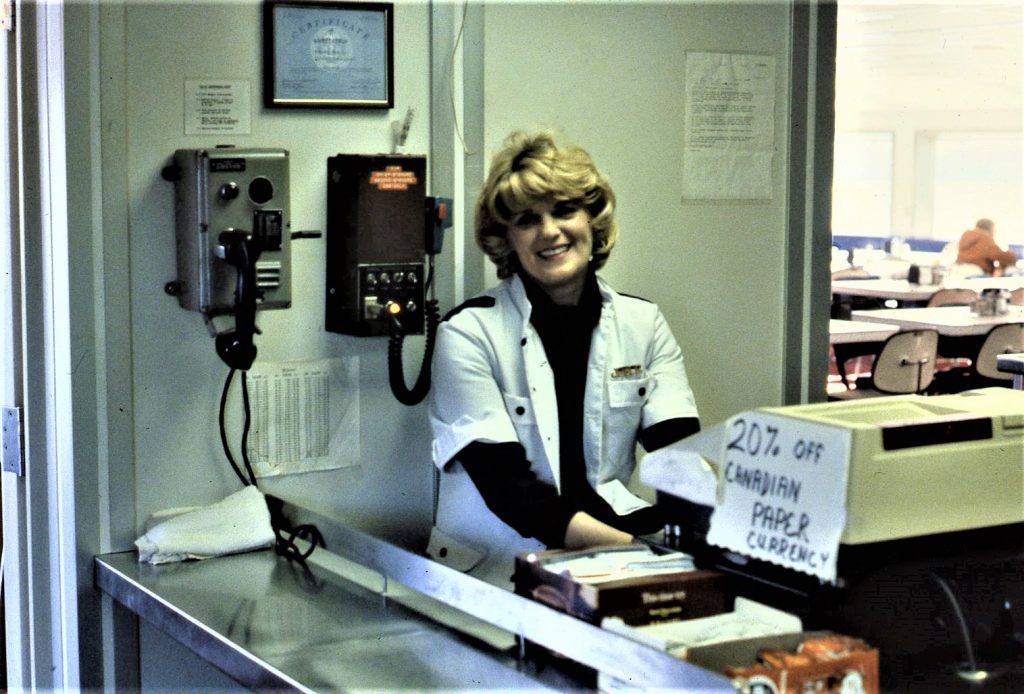
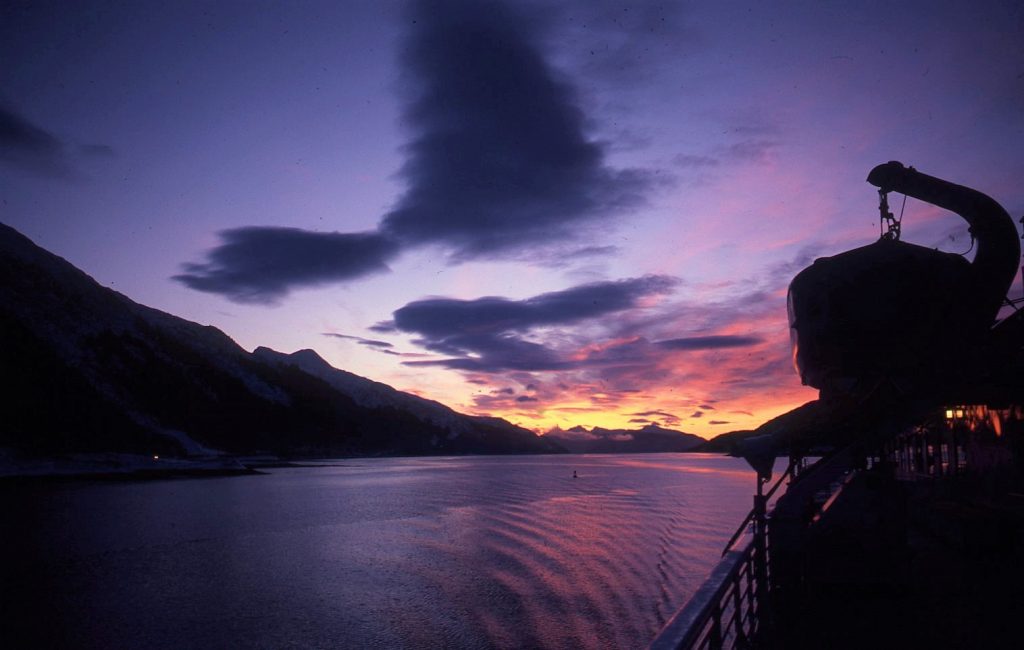
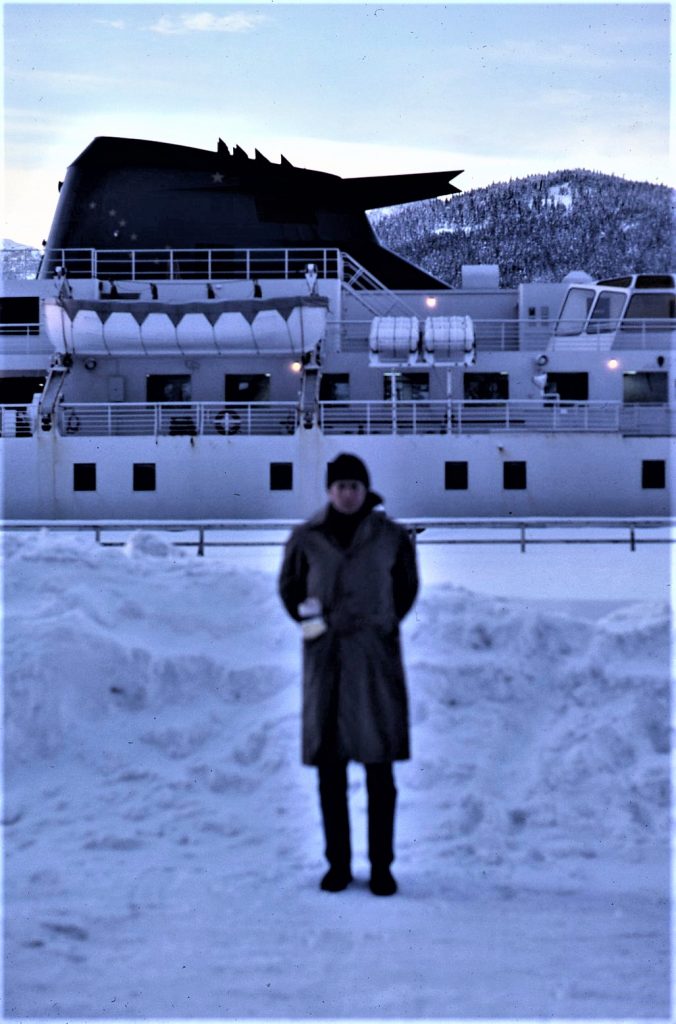
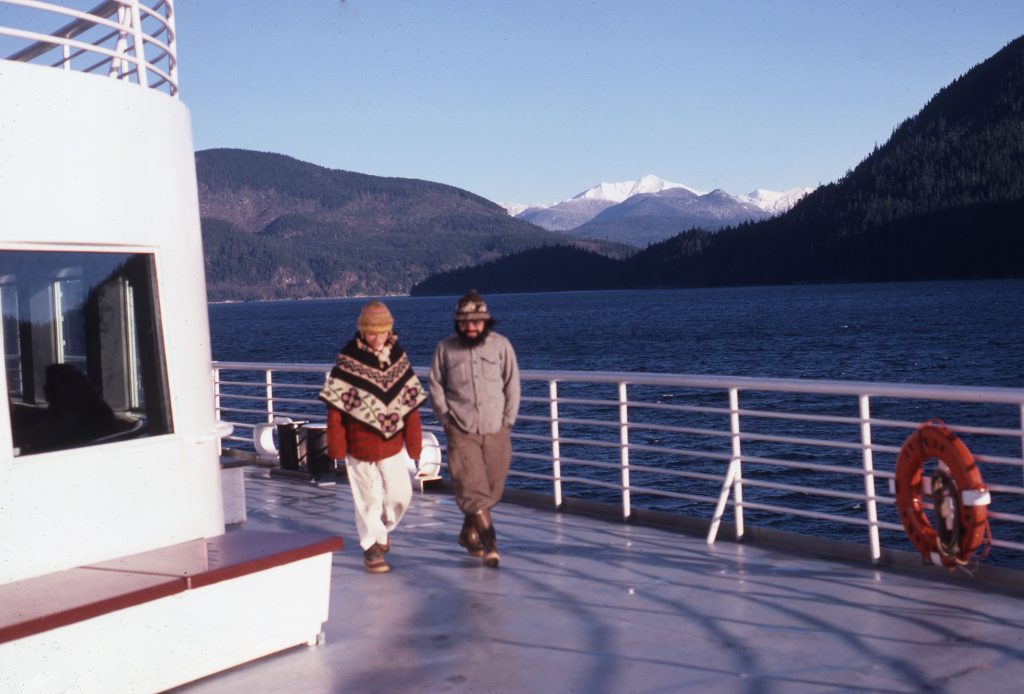
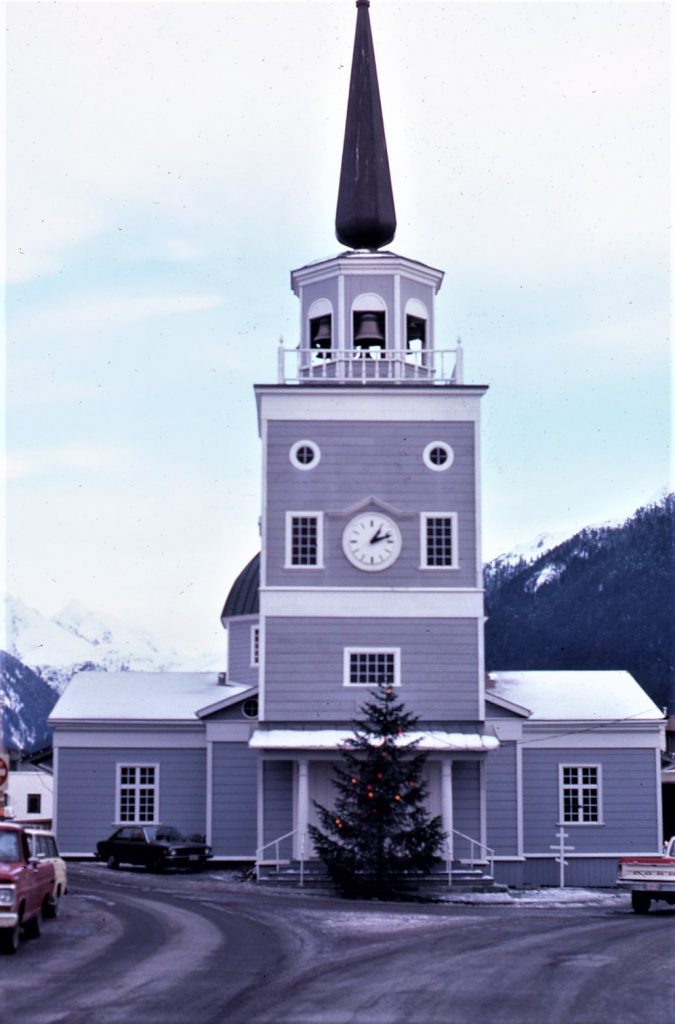
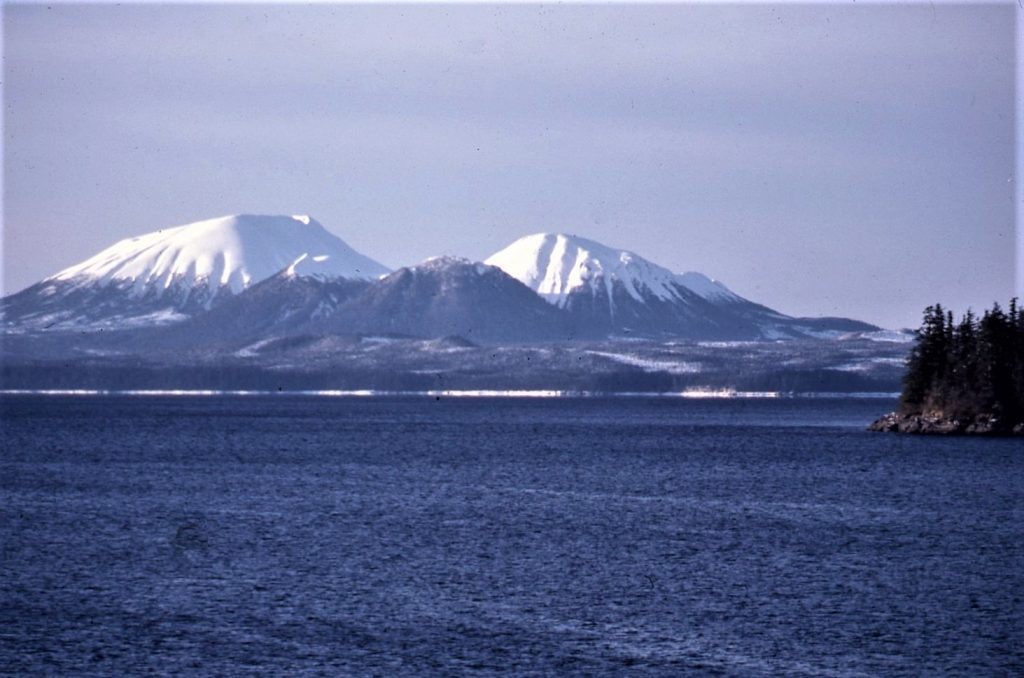
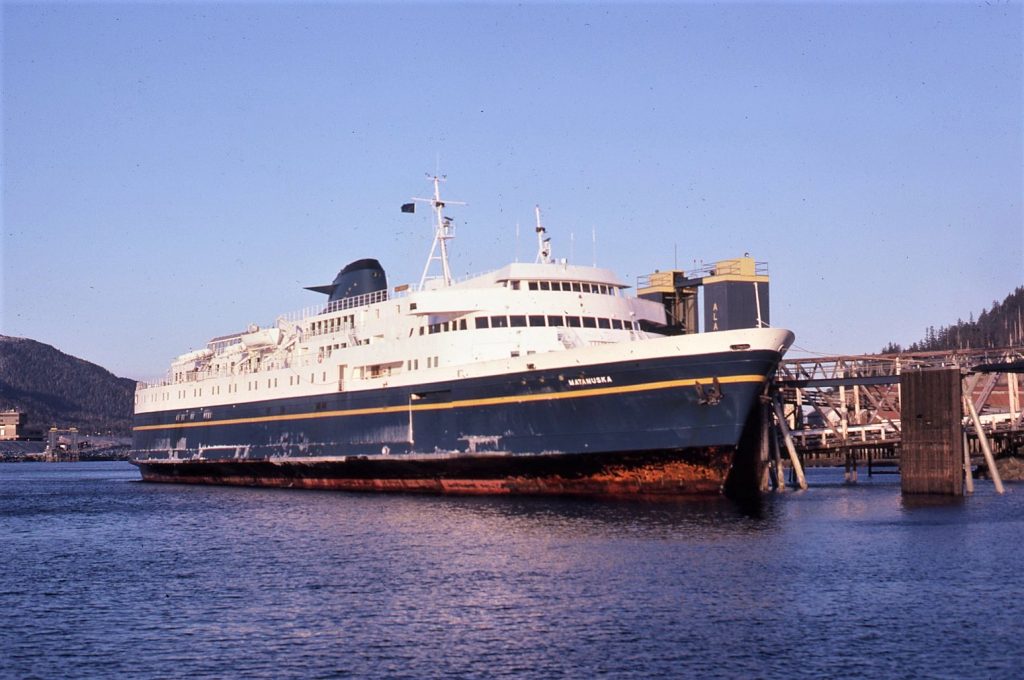
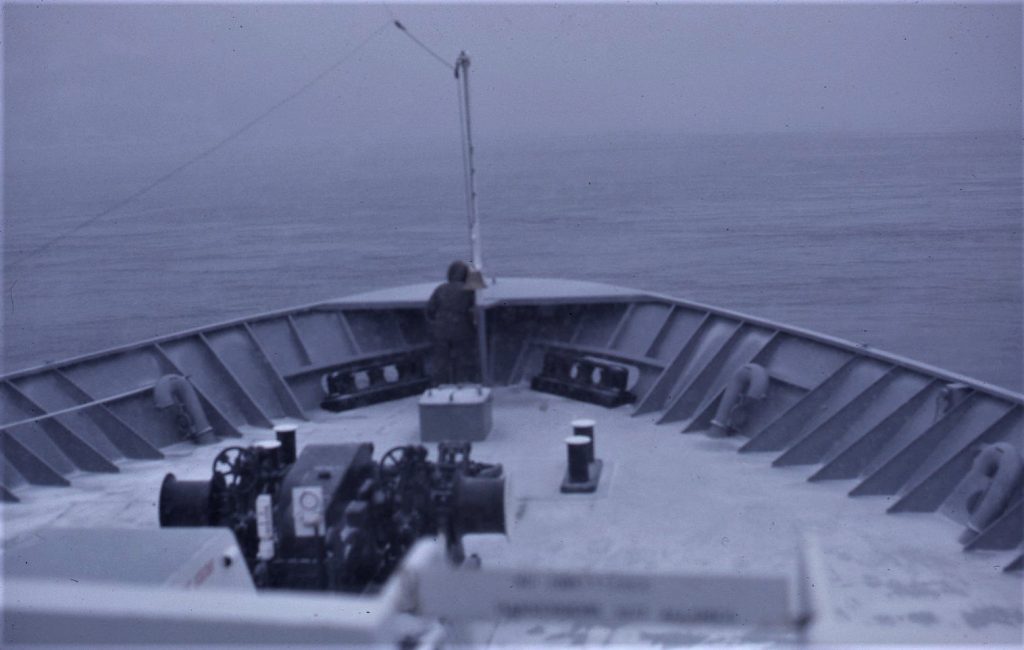
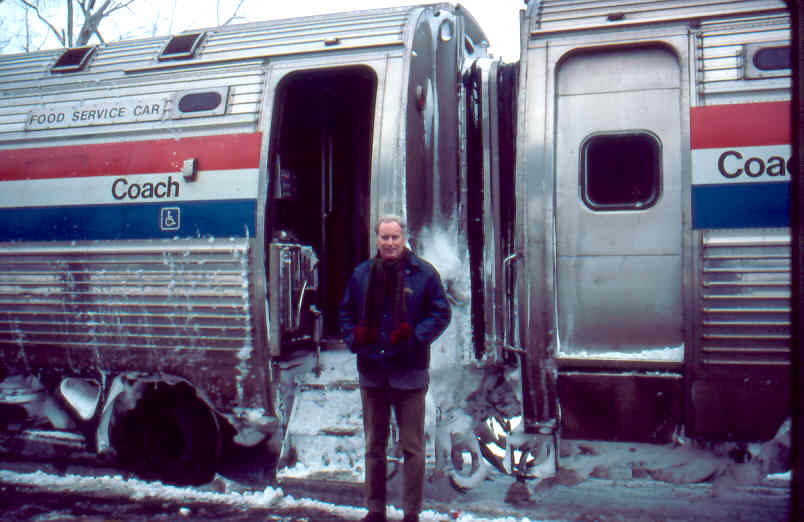
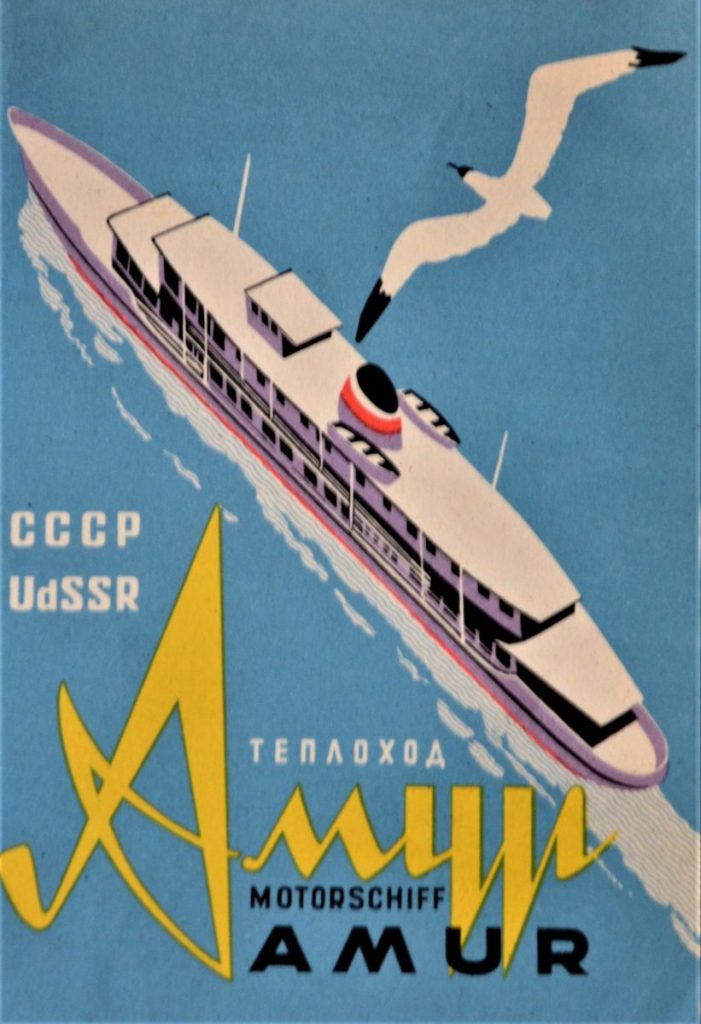
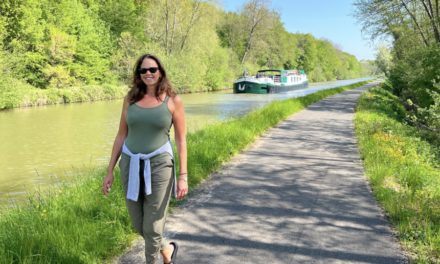
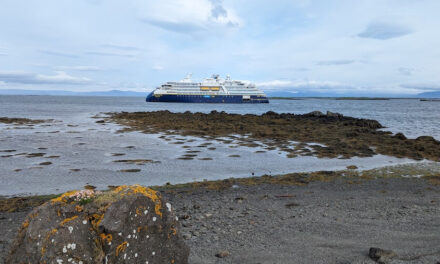
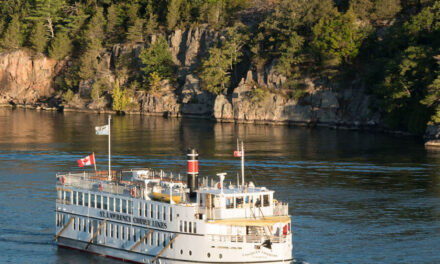
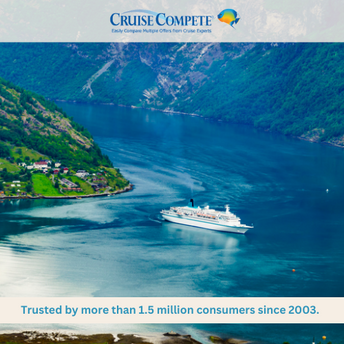
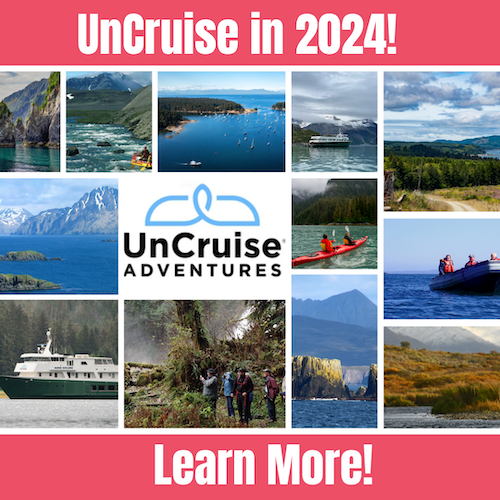
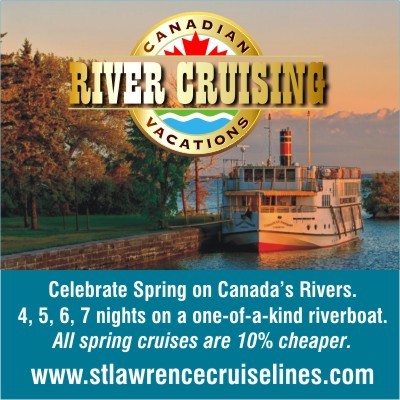

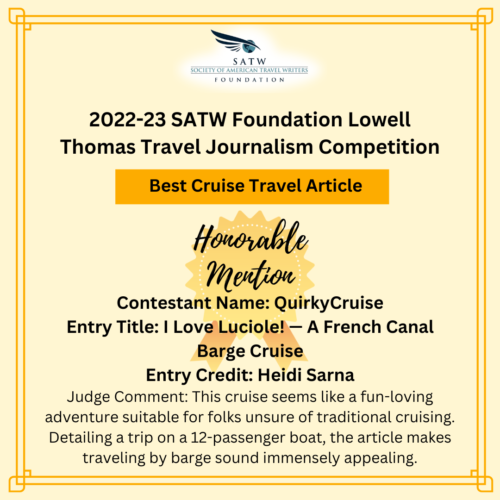
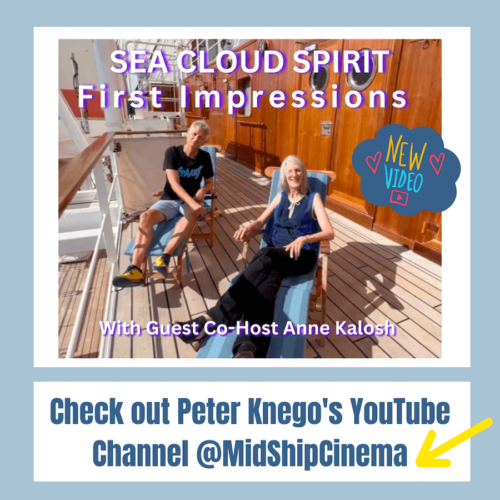



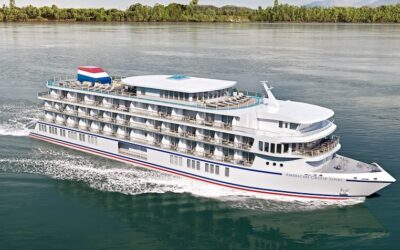
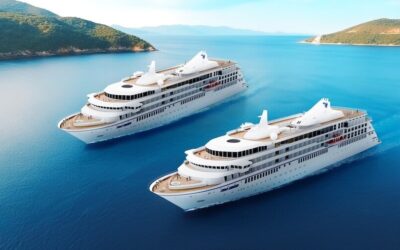
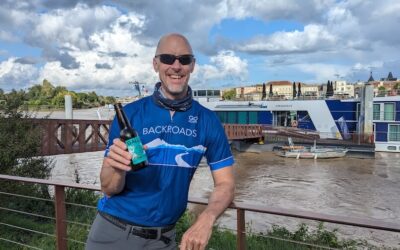
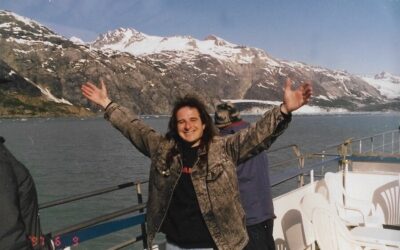
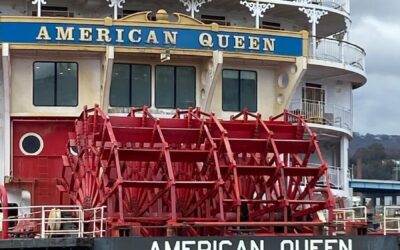
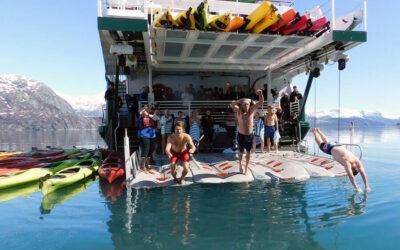
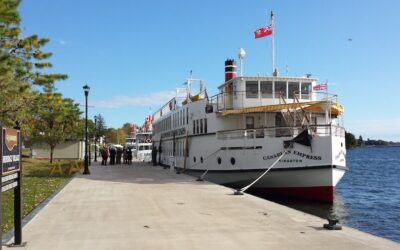
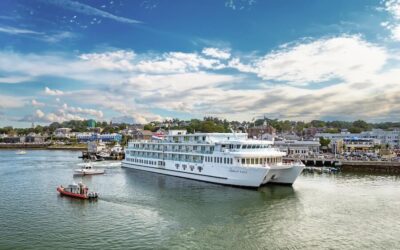
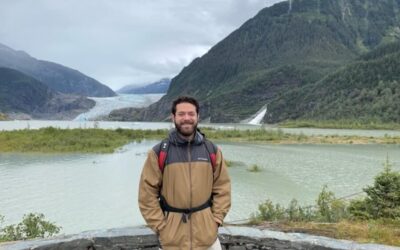
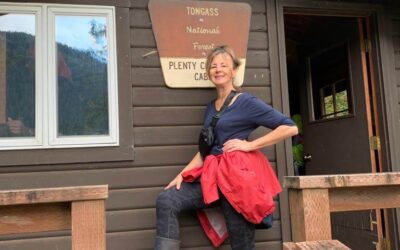

Loved this account! You’ve had the best of adventures Ted.